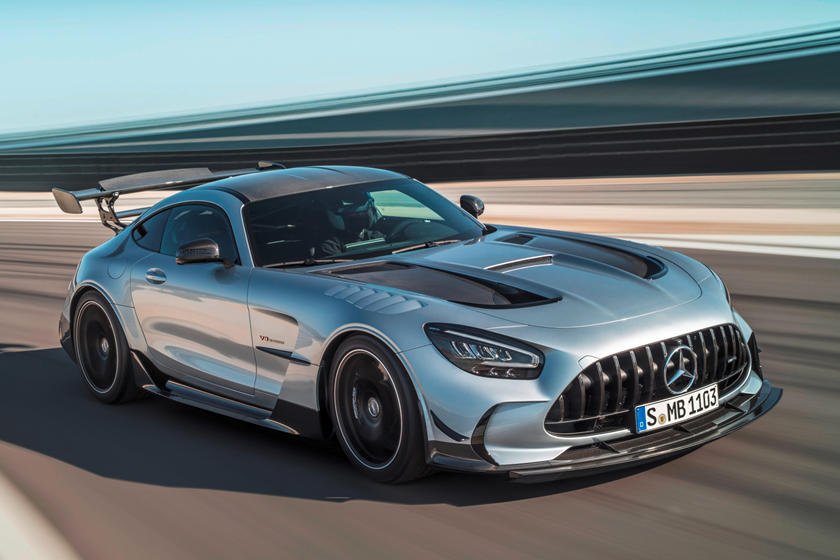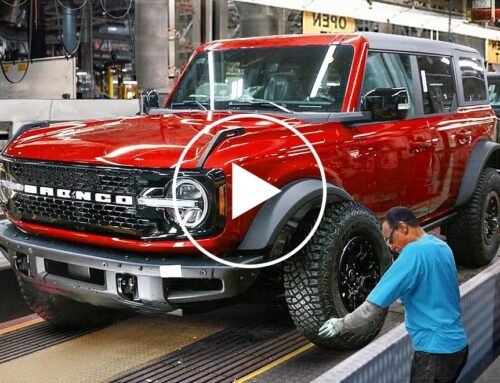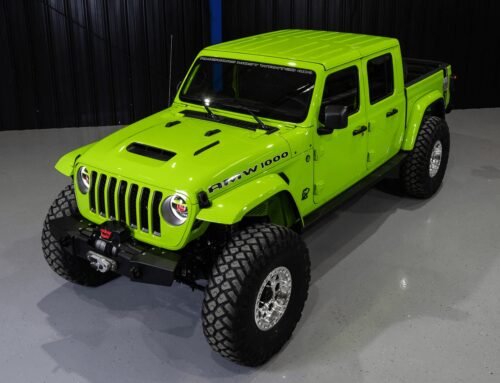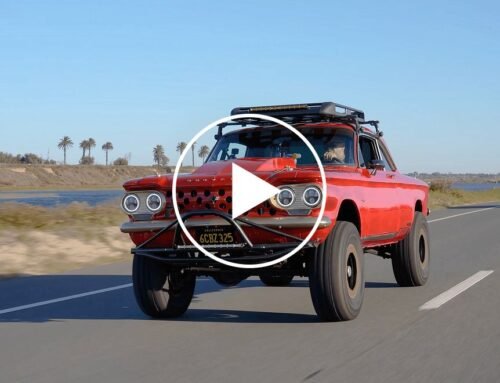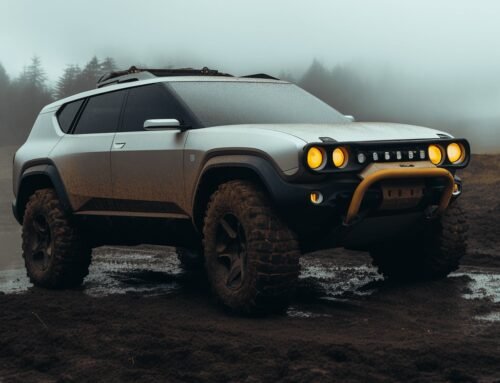Say goodbye to Daimler as we know it.
Daimler CEO Ola Kallenius is making perhaps one of the biggest changes in the German automaker’s nearly 100-year existence. As part of the ongoing process of moving towards zero-emissions all-electric vehicles, such as the upcoming Mercedes EQS sedan flagship, and major software-related investments and developments, Daimler’s Supervisory Board and Board of Management have agreed with the CEO’s plans to separate Daimler Truck as a unique listing.
The reason is very simple, according to Kallenius: “Mercedes-Benz Cars & Vans and Daimler Trucks & Buses are different businesses with specific customer groups, technology paths and capital needs,” he said. “Both companies operate in industries that are facing major technological and structural changes.”
 Mercedes-Benz
Mercedes-Benz
 Mercedes-Benz
Mercedes-Benz
 Mercedes-Benz
Mercedes-Benz
In other words, the luxury vehicle and commercial truck divisions will no longer be under one roof. By the end of the year, Mercedes-Benz will distribute a majority of its Daimler Truck unit to shareholders. Passenger vehicles and commercial trucks will soon no longer share combustion engine technology; the former is shifting towards battery-electric systems while future semi-trucks could adopt hydrogen fuel cell tech. Mercedes cars, therefore, will no longer be associated with the Daimler name and will simply be called Mercedes-Benz.
Once separated, these two businesses will be able “to operate most effectively as independent entities, equipped with strong net liquidity and free from the constraints of a conglomerate structure,” Kallenius emphasized.
 Mercedes-Benz
Mercedes-Benz
 Mercedes-Benz
Mercedes-Benz
 Mercedes-Benz
Mercedes-Benz
Daimler Truck, as it’ll officially be called, aims to become the world’s largest truck and bus producer and a listing is planned in Frankfurt by late 2021. A major organizational change of this magnitude hasn’t been seen since the Daimler-Chrysler breakup. The two automakers’ so-called “merger of equals” back in 1998 quickly proved to be a bad marriage and ultimately divorced in 2007.
A final decision will be made regarding this new and smart plan at a Daimler shareholder meeting scheduled to take place in Q3 of this year. Until that time, business will continue as usual.
 Mercedes-Benz
Mercedes-Benz
 Mercedes-Benz
Mercedes-Benz
 Mercedes-Benz
Mercedes-Benz

